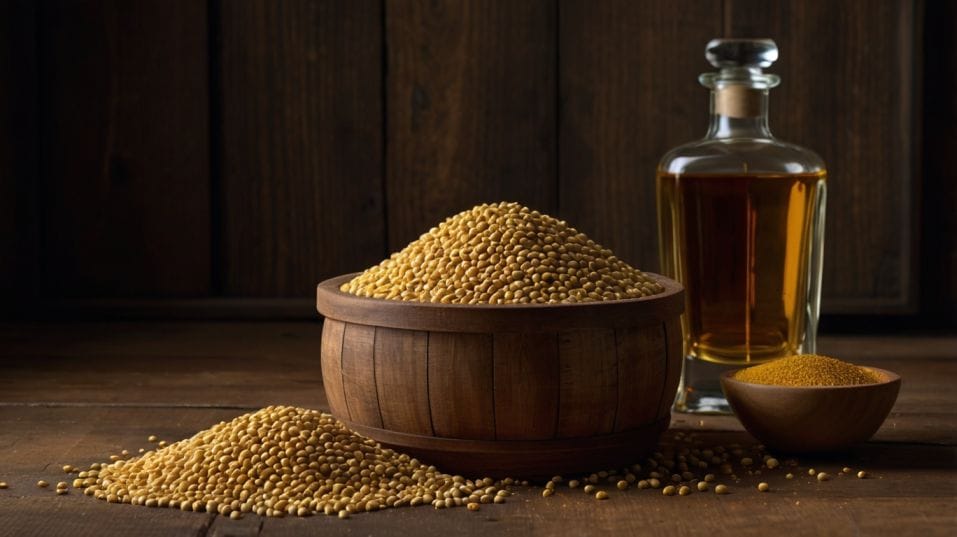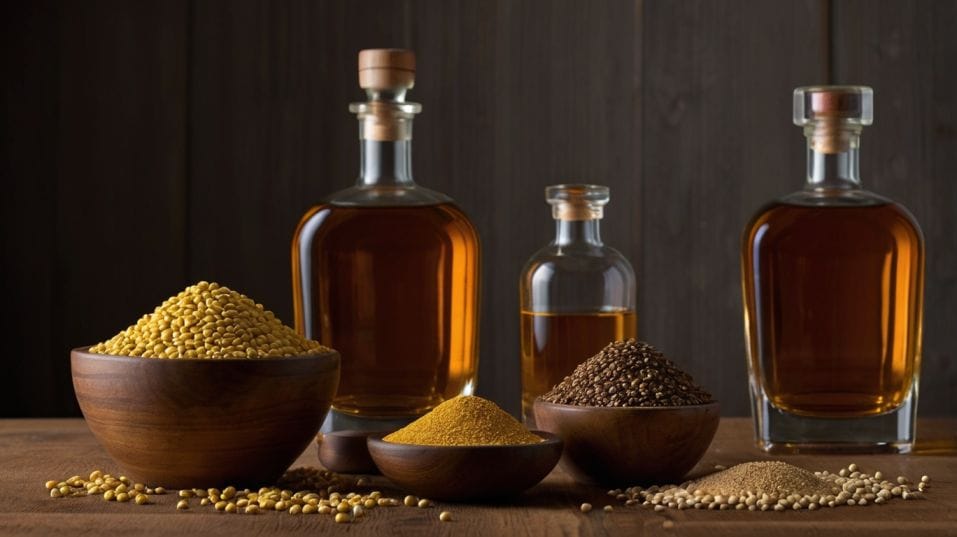Best Whiskeys from Unexpected Countries
Explore bold, world-class whiskeys from unexpected countries. Learn how to taste smarter and collect with confidence—beyond tradition.

Think great whiskey only comes from Scotland, Kentucky, or Japan? Think again. Some of the world’s boldest, most complex drams are being crafted in places you’d never expect—often by distillers rewriting the rules from the ground up.
If you’re early in your whiskey journey, this is where it gets exciting. Exploring off-the-map bottles won’t just expand your palate—it’ll sharpen your instincts and give you a serious edge as a collector or connoisseur.
Rethinking Whiskey’s “Traditional” Borders
Scotland. Ireland. The U.S. Japan. You know the classics. They’ve earned their reputations through consistency, discipline, and time-tested techniques.
But here’s the truth: tradition can become a crutch. Just because a whiskey is made in a famous region doesn’t guarantee it’s good. And just because it’s from somewhere unfamiliar doesn’t mean it’s a gamble.
Whiskey is built on fundamentals: grain, fermentation, distillation, aging, and bottling. Everything else—marketing, heritage, name recognition—is noise unless the liquid holds up.
When you strip that away, you see a new kind of quality emerging. Small-batch producers in unexpected places aren’t trying to replicate Scotch or chase bourbon trends.
They’re building from the ground up—often literally—with local grain, custom stills, and aggressive experimentation.
And that experimentation? It’s producing stunning results. Not just drinkable. Not just interesting. Genuinely, repeat-pour good.

The Role of Climate, and Why It Matters to You
Aging isn’t just about time. It’s about interaction—how spirit meets wood, how the environment influences that exchange, and how fast it all happens.
In traditional whiskey countries, aging is slow and steady. That’s part of the appeal. But in places like Taiwan, India, South Africa, or Israel, heat and humidity can accelerate maturation dramatically.
That’s not always a good thing. Whiskey aged in a tropical climate can turn over-oaked or unbalanced if the process isn’t carefully managed.
But the best distillers in these regions aren’t just reacting to their climate—they’re mastering it. They’re choosing specific cask types, adjusting fill strengths, rotating barrels, and timing their releases to balance intensity with finesse.
If you care about flavor, this should catch your attention. Because it means you can taste fully-developed whiskey character in five or six years instead of waiting ten or twelve.
It means distillers can experiment with short-run expressions more often. And it means you, as a drinker, get to taste innovation in real time.
Don’t Chase the Region—Chase the Method
When you taste whiskeys from less-known countries, you’re not comparing them to Scotch or bourbon. You’re asking: how well is this made?
Is the balance right? Is the texture inviting? Does it evolve in the glass? That’s the mindset of a serious taster.
What to Watch For
The countries producing world-class whiskey now share a few things in common:
- Intentionality in ingredient sourcing. Local grains like millet, buckwheat, or rare heritage corn varietals are being used not for novelty, but because they bring unique character.
- Innovation in fermentation. Some distillers use wine yeast strains or open-top fermenters to add layers of fruit and spice before the spirit even hits the still.
- Precision in distillation. Smaller producers often run tighter cuts, dial in still shape and material, and adjust reflux to create richer spirit without relying too much on wood.
- Aggressive cask management. That doesn’t just mean exotic woods. It means blending first- and second-fill barrels with a clear goal. It means treating the barrel not as a shortcut, but as a tool.
The result? Whiskey that shows purpose and personality. Not generic. Not just “good for where it’s from.” Just good, period.
How to Taste Smarter (and Enjoy More)
The first time you pour a whiskey from, say, India or France, pause before you judge. Pour it neat. Give it five minutes in the glass.
Watch how the aroma shifts—what opens up, what stays tight. Then sip slowly. Notice the arrival (the first impression), the mid-palate (the complexity zone), and the finish (how long and how clean it leaves you).
Add a few drops of water—not because it’s trendy, but because it reveals what’s buried under the alcohol. That’s especially useful for hotter-climate whiskeys where ABVs can push into the high 50s.
Now think about structure. Is it oily or lean? Is the oak dominant or in check? Can you still taste the grain? Grain character is often lost in over-oaked whiskey.
If it’s still present—and integrated—you’re dealing with a distiller who knows what they’re doing.
And if you like what you’re tasting? Dig deeper. Explore other expressions from that producer. Compare batches.
See what casks they’re using, how long they age, how often they release. That’s how you stop being a casual drinker and start building real instinct.
Countries to Watch (And Why)
You don’t need a list of brands. You need a framework. Here’s what to keep in mind when exploring by region:
Taiwan
Rapid aging, intense tropical climate, and a precision-first distilling culture. Look for bold, structured single malts that aren’t afraid of wood but still keep their fruit.
India
High heat, higher angel’s share, and surprisingly refined malt whiskeys. Often sweet, spicy, and rich—but pay attention to texture and layering. The good ones have it in spades.
France
You’d expect them to overuse wine casks. Some do. The best don’t. Look for whiskeys that use Armagnac or Cognac barrels smartly—building complexity, not just adding sweetness.
Israel
Desert aging is a wild card. But some distilleries are using it strategically—releasing whiskey that’s expressive, vivid, and packed with spice-driven energy.
South Africa
Still finding its voice, but early signs show promise—especially in how they handle grain-forward profiles and balance cask influence.
This isn’t about collecting trophies. It’s about learning to taste with intent and spotting quality before the masses catch on.
Final Thoughts
You don’t need to wait for permission to try something different. You don’t need a brand to tell you it’s time. The best way to learn whiskey is to taste outside your comfort zone—and trust your own senses.
The world’s most exciting whiskeys right now aren’t chasing legacy. They’re creating it. If you’re building a collection, training your palate, or just looking for the next bottle that teaches you something—go global.
Start with the unexpected. Explore with purpose. And build a whiskey shelf that tells your story, not someone else’s.
Open something unfamiliar. Pour slow. Taste with curiosity. Build your own map—starting today.




